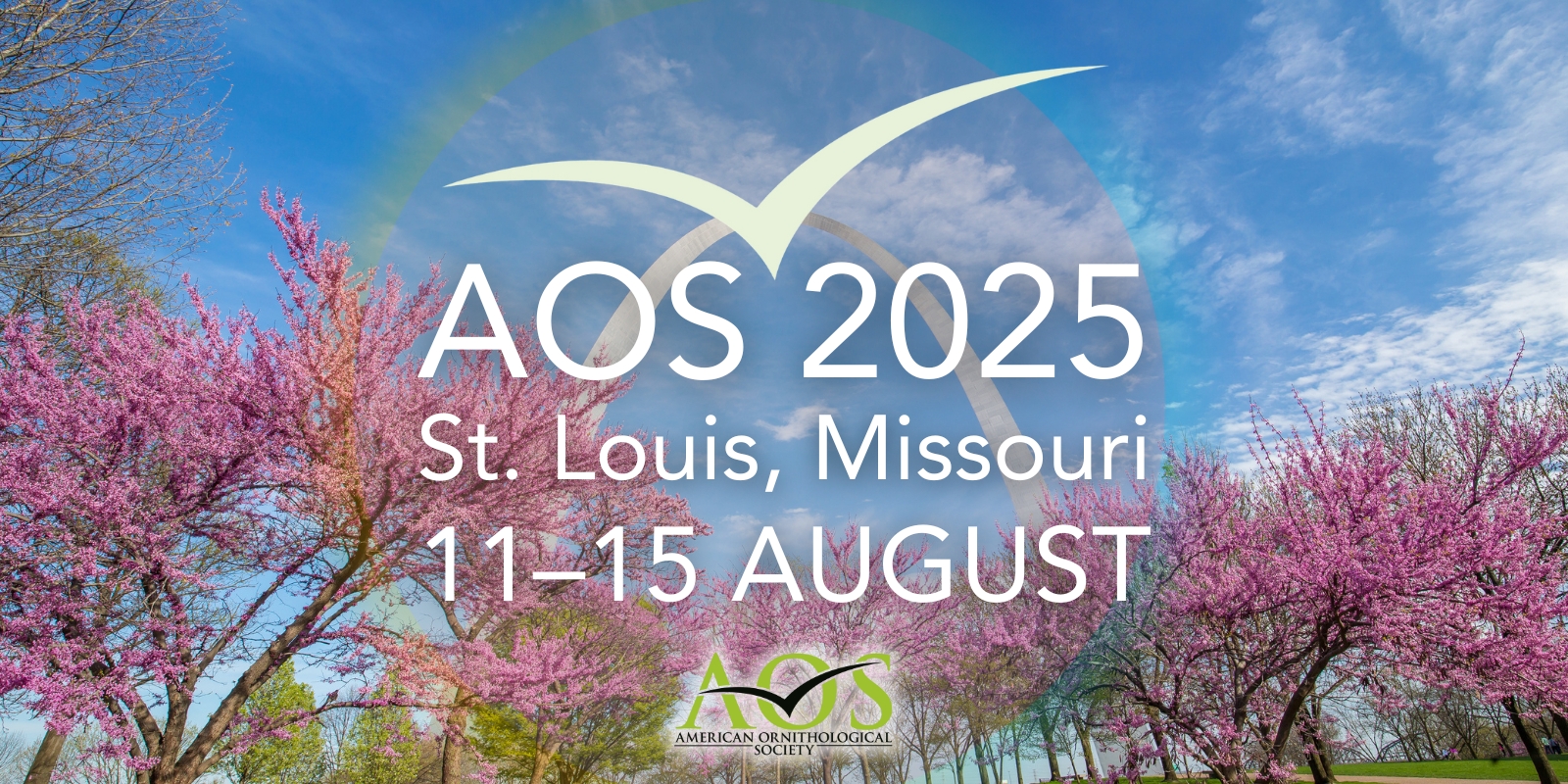Roundtables and working groups are forums for discussions centred on current or emerging issues and their future directions; alternatively, they can be used as a venue to gather information for generating planning documents, or to share information broadly.
Nature-based Solutions and Ornithology: Opportunities and Synergies for Avian Ecology and Conservation
Organizers: Charles B. van Rees
Nature-based Solutions (NbS), which are ecosystems designed or managed to provide societal benefits via ecosystem services, are gaining global interest as an approach to sustainably support human welfare while potentially benefiting biodiversity. Calls for mainstreaming NbS are coming both from conservation authorities like the IUCN and the CBD’s Kunming-Montreal post-2020 Global Biodiversity Framework, as well as the private sector and infrastructure agencies like the U.S. Army Corps of Engineers. Growing investment in NbS may dwarf contemporary conservation budgets, suggesting unprecedented possibilities to conserve and restore biodiversity. The goal of this session is to discuss how ornithologists and bird conservationists can inform, guide, and benefit from this NbS “wave” by contributing ecological expertise and seizing opportunities to leverage NbS investments to restore and conserve bird habitats. The utility of avian communities as habitat indicators and flagship and umbrella species suggests that ornithological science may also contribute to promoting the ecological science of NbS, while NbS development and implementation at landscape scales could greatly boost bird conservation. This discussion is intended to catalyze the generation of research grant proposals combining ornithological science and avian conservation biology with NbS development, and to outline one or more contributions to the peer-reviewed literature to advance the field.
Meet the Flocks: Launching Affinity Groups for Ornithologists
Organizers: Daizaburo Shizuka, Ashley Dayer, Jennifer Smith, Kristen Covino, Tim O’Connell, Nathan Thayer, Amani Edwards
Over the past two years, the Flocks Project has collected information from members of ornithological societies about barriers to their sense of belonging and has worked with a set of volunteer members to co-create a process for forming affinity groups in ornithology–”Flocks”–as a path to greater belonging and care. As a result of this work, we are excited to launch our first cohort of Flocks, as well as distribute information about how more Flocks can be formed moving forward. At this event, we will hold a short information session, followed by time and space for people to meet leaders and members of the Flocks Project, sign up for new Flocks, or learn about how to work toward forming new Flocks. There will also be refreshments and social time to establish connections with other members interested in this project. The Flocks Project has been made possible through a collaboration between AOS, Wilson Ornithological Society, and Association for Field Ornithologists as well as funding from NSF BIO-LEAPS program.
Maximizing Museum Salvage Collections and Bird Strike Data for Research
Organizers: Ben M. Winger, Sushma Reddy, John M. Bates
Salvaging museum specimens from incidental bird mortality has greatly enriched museum collections and provided key insights into avian evolutionary ecology in the Anthropocene. Major sources of specimens include bird collisions with structures like buildings, wind turbines, and communication towers, linking museum science to bird conservation. Specimen salvage uniquely connects scientific ornithology with the public, as community members, volunteer groups, and governmental agency or industry contacts often perform salvaging. However, salvage efforts are often sporadic and inconsistent across locations and times. Additionally, museums vary in specimen preparation types, data standards, and the availability of personnel to prepare and curate salvage specimens, which hampers the ability of scientists to analyze data gathered from multiple institutions. Our roundtable aims to gather museum personnel and stakeholders involved in specimen salvage to develop best practices for maximizing the scientific utility of salvaged specimens and integrating efforts across museums. Desired outcomes include gathering information that will allow the group to later collaboratively write a manuscript (targeting Ornithological Applications) with recommendations for prioritization of data collection and specimen types. We also plan to establish an online network to facilitate ongoing communication on these topics post-roundtable.
Birds of a Feather: Student Engagement in Avian Conservation Committees
Organizers: Lauren D. Pharr, Erik Robert Schoenborn, Quinn Carvey, Esmeralda Bravo
Avian conservation committees play a vital role in shaping policies, research priorities, and conservation strategies for birds, yet student involvement remains underutilized. This roundtable seeks to bridge that gap by fostering discussions between committee members and students to explore opportunities for meaningful engagement. Through brief presentations, small-group discussions, and interactive brainstorming, participants will:
- Learn about avian conservation committees and student opportunities.
- Identify barriers to student participation and propose solutions.
- Generate ideas for enhancing student involvement in conservation leadership.
Guided by facilitators, attendees will discuss key questions, including:
- What challenges prevent students from engaging in conservation committees?
- How can committees better promote student roles?
- What skills and perspectives do students bring to conservation efforts?
Ideas will be shared and synthesized into actionable next steps to increase student representation in avian conservation. The session will conclude with networking opportunities and pathways for immediate student involvement, helping shape the future of avian conservation by empowering the next generation of leaders.

